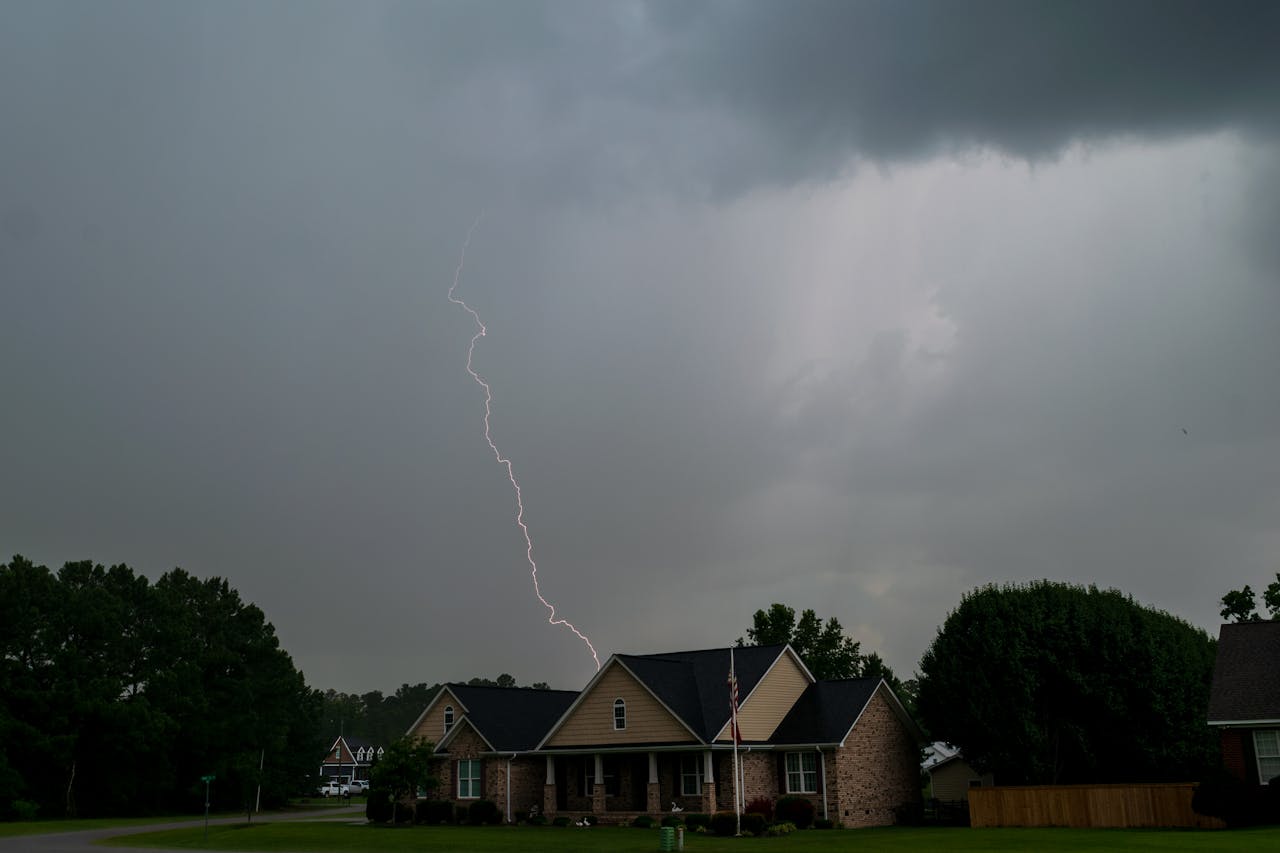Contents
Table of Contents
- Adapting to Climate Change: The New Normal for Homeowners
- Home Insurance Coverage: What Is on the Horizon?
- Assessing Your Risk: Tools & Techniques
- Damage Prevention Strategies for Severe Weather
- Understanding the Claims Process After a Weather Event
- The Future of Technology in Home Protection
- How Policyholders Can Push for Positive Change
Adapting to Climate Change: The New Normal for Homeowners
Homeowners face many new challenges as climate change continues to reshape the planet. Rising sea levels, more intense storms, and prolonged drought conditions underscore the urgent need for adaptive measures. For many, this involves a complete reassessment of their home insurance needs to ensure they are prepared for these unprecedented conditions. As extreme weather events become more frequent, homeowners discover that standard policies might not cover the specific damages these events can cause. Smart adaptation strategies now play a crucial role in securing not just property but peace of mind in an era marked by climatic uncertainty.
Home Insurance Coverage: What Is on the Horizon?
An emphasis on customization and responsiveness to environmental changes characterizes the next generation of home insurance coverage. As insurers acknowledge the increased frequency of climate-induced incidents, we see a trend toward policies that address the whole gamut of risks. This may include coverage for catastrophes typically excluded from standard plans, such as landslides, heavy snowfall, or mudflows. The evolving landscape of home insurance presents homeowners with various new options designed to protect against their regions’ specific threats, which may necessitate reviewing and updating existing policies.
Assessing Your Risk: Tools & Techniques
Effective risk management begins with accurately assessing the specific threats a property may encounter. Fortunately, today’s homeowners can access sophisticated tools that provide valuable insights into these risks. Online hazard maps, predictive analytics, and climate models have revolutionized risk assessment, allowing for personalized strategies that match the nuanced conditions of different locales. By utilizing these tools, homeowners can work alongside their insurance agents to craft a home insurance policy that mirrors their risk profile, considering factors like location, construction materials, and historical data. Cross-referencing personal and statistical data culminates in a more aligned, efficient insurance coverage.
Damage Prevention Strategies for Severe Weather
While insurance provides a financial safety net post-calamity, implementing preventative measures can reduce the likelihood or severity of damage in the first place. Innovations in home building materials and construction techniques offer stronger resilience against extreme conditions. For instance, investing in fortified roofing or storm-rated windows can prevent structural breaches during high wind events. In addition to infrastructural fortifications, other practical steps, such as creating defensible spaces for wildfire-prone areas or elevating utilities in flood zones, are also vital. Regular maintenance, such as tree trimming and gutter clearing, further enhances a home’s defensive stance against the caprices of extreme weather.
Understanding the Claims Process After a Weather Event
The period immediately following a severe weather event is critical for homeowners. Once the safety of all occupants is secured, attention turns to documenting the damage and beginning the claims process. This phase doesn’t have to be overwhelming—if approached calmly and clearly. Good documentation, through photographs and detailed notes, provides a strong foundation for the claims process. When submitting a claim, homeowners should be ready with inventory lists and any receipts that substantiate property values. Reputable insurance providers often guide their clients through each step, from providing emergency services to liaising with assessors and repair contractors. Efficiency and responsiveness during this time can significantly influence the overall recovery experience.
How Policyholders Can Push for Positive Change
A more informed and vocal consumer base can significantly influence the development of better home and auto insurance products. Homeowners who take the time to understand their coverage and advocate for policies that meet the demands of our changing climate contribute to a much-needed shift in the industry. By doing so, policyholders secure better coverage for themselves and help drive innovation and more robust risk management strategies that benefit the broader community. Collective action, such as advocating for transparent practices and comprehensive coverage, advances the home insurance sector towards a future more in tune with the realities of our world. The knowledge imparted by external sources has dramatically enriched this guide. Notably, the insights into the impact of climate on insurance sectors from Nature Climate Change and Consumer Reports’ thorough compilation of tips for choosing home insurance have provided valuable context and deepened the understanding of the complexities involved in protecting one’s home in an era of change.
The Future of Technology in Home Protection
An exciting trend in property insurance has been integrating technology into everyday home protection measures. The proliferation of internet-connected devices has led to the development of smart home systems that can automatically shut off water in the case of a detected leak or provide surveillance against unauthorized entry. These technological advancements not only enhance the safety of homes but also present new avenues for insurers to reward proactivity. The adoption of such systems reflects a growing awareness that preventive measures not only protect property but also have the potential to lower home insurance premiums by reducing the likelihood of claims.

